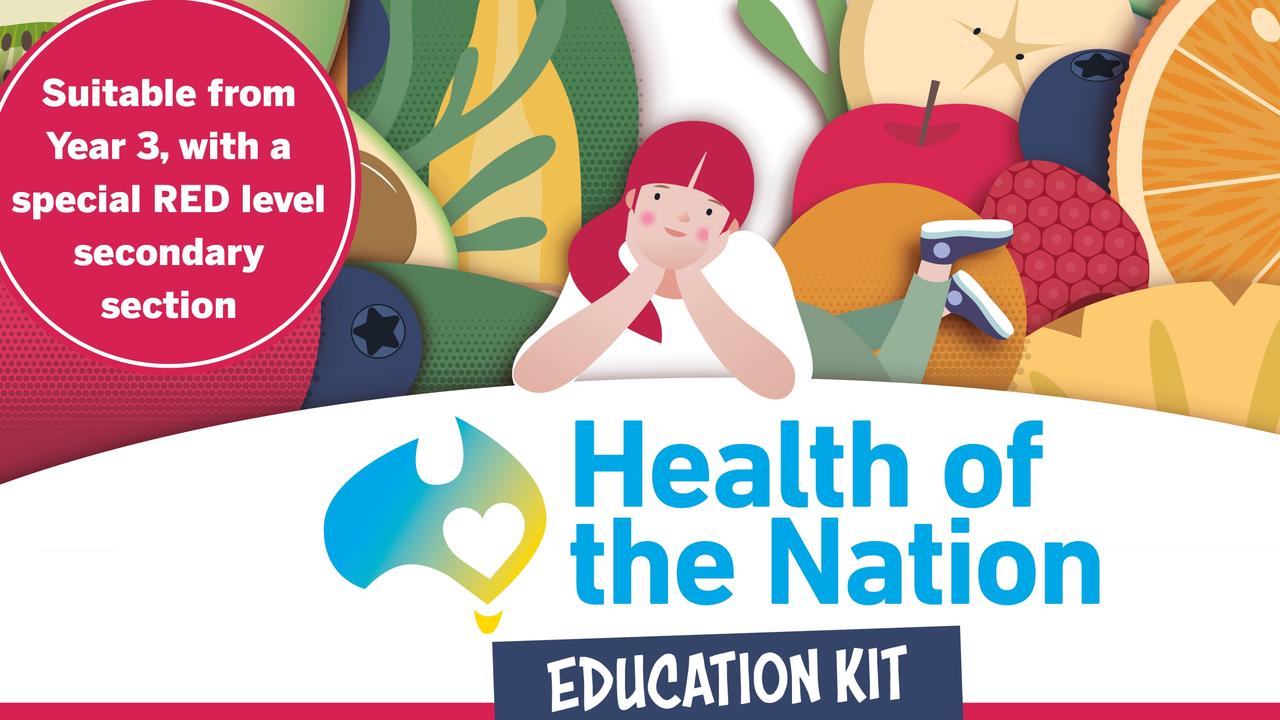Health of the Nation 2024: The lowdown on smoking and vaping
Part 9: As the number of teenagers who vape or smoke continues to rise, experts are urging kids to quit now while they can or risk gambling with their long-term health
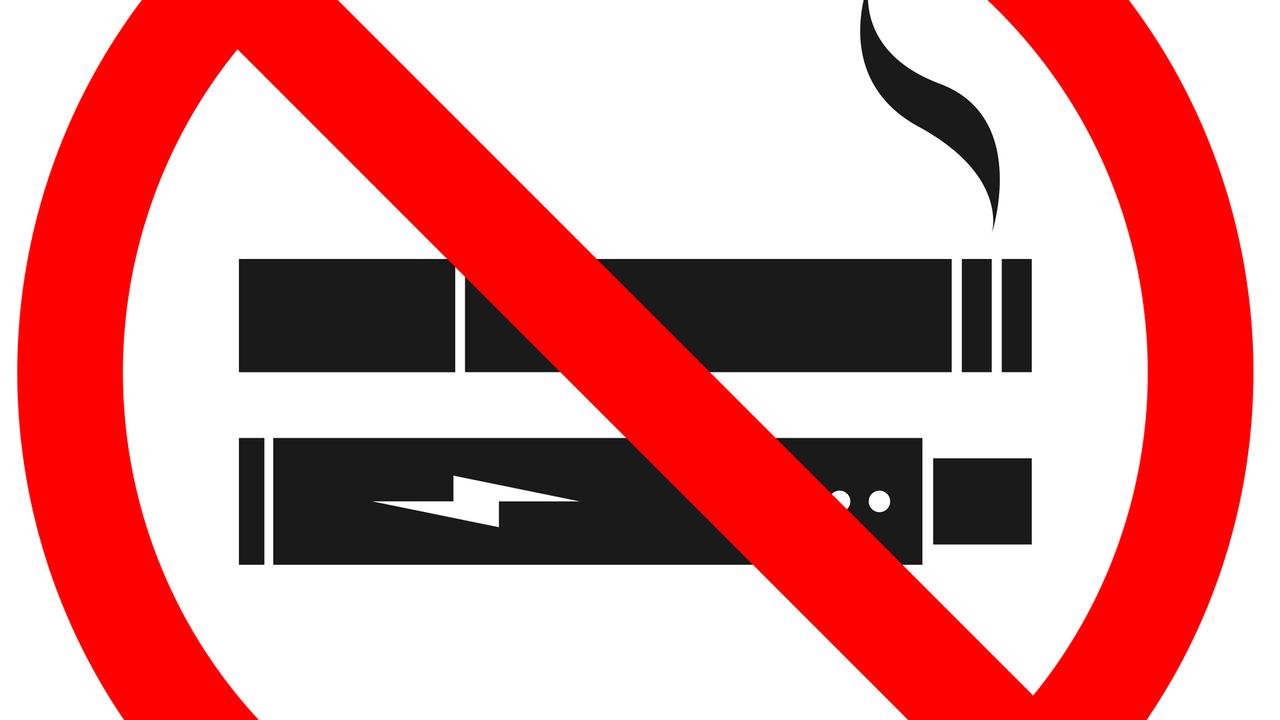
READING LEVEL: RED
Smoking and vaping have been increasing among Australian teenagers, a study by the Cancer Council has found.
The latest data from 2023 shows an increase in tobacco smoking by 14 to 17-year-olds, from 2.1 per cent in 2018 to 12.8 per cent in the first quarter of last year, while vaping has increased significantly* from fewer than 1 per cent of 14 to 17-year-olds in 2018 to 14.5 per cent in early 2023.
“The earlier a person starts experimenting with cigarettes, the greater their likelihood* of becoming a regular, long-term user,” said Centre for Behavioural Research in Cancer acting head and lead researcher Professor Sarah Durkin.
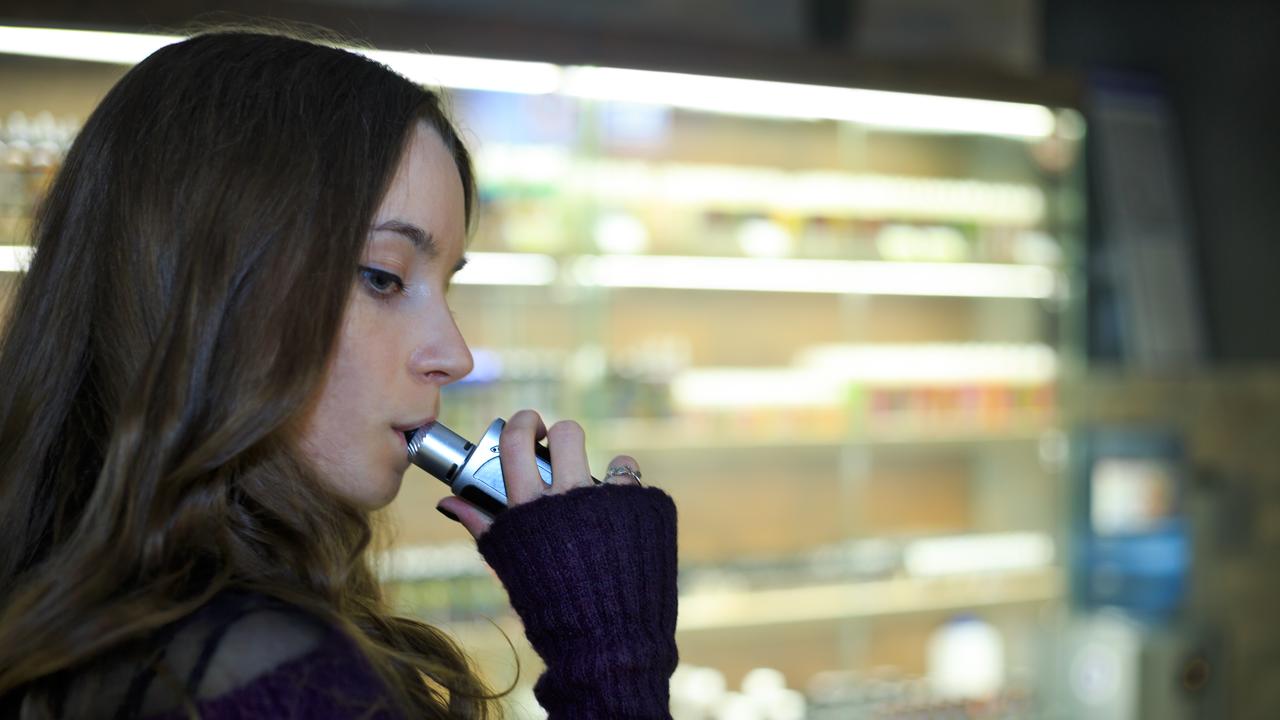
The health effects of cigarette smoking are considerable. They can include cancer, breathing and respiratory* problems, heart disease, stroke and blood circulation problems, diabetes*, hearing and vision loss and dental problems, among many others.
In fact, according to the Australian Institute of Health and Welfare, tobacco smoking is the single most important preventable cause of ill health and death in Australia.
VAPING
Vapes are electronic devices designed to deliver vaporised* liquids into your lungs when you breathe in. With their range of flavours such as grape and bubblegum, they are intended to be appealing to youths and are considered a way to get young people addicted* to nicotine (a chemical that vapes often contain), which can be hard to quit.
A study by researchers at Curtin University tested the chemicals and toxicity* of 52 flavoured e-liquids available for sale over the counter in Australia.
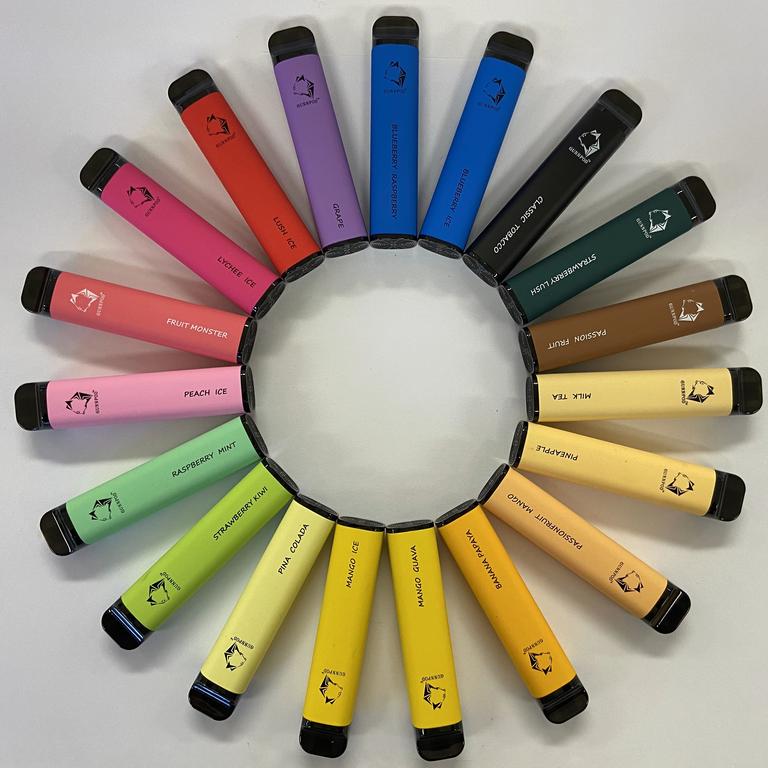
The results found 100 per cent of the vapes tested contained chemicals with unknown effects on respiratory health, 62 per cent contained chemicals likely to be toxic* if vaped repeatedly and 100 per cent of the e-liquids were inaccurately labelled.
“Our research, and that of other groups around the world, has identified a long list of potentially harmful chemicals in vapes,” study co-lead Associate Professor Alexander Larcombe said. “Some are known toxins, some irritate the lungs when inhaled and some can impair your ability to fight off lung infections. For many others, the long-term health effects of breathing them in are unknown.”
While the ingredients or solutions used in e-cigarettes vary, common e-liquids which can add a fruit, alcohol or confectionary flavour, include toxins such as formaldehyde* and heavy metals, the same harmful chemicals found in cleaning products, nail polish remover, weed killer and bug spray. E-liquids also contain flavouring chemicals such as diacetyl (a chemical linked to serious lung disease) and may contain nicotine.

HEALTH EFFECTS OF VAPING
“There is no safe level of cigarette smoking or vaping at any age,” said Raising Children Network director Derek McCormack. “However, for those under 18, the risks can be greater because kids’ brains and bodies are still developing.”
Public health physician Professor Emily Banks, along with her team at Australian National University, recently published a review of the health effects of vaping — the largest and most comprehensive of its kind in the world.
“Recent evidence shows vaping is becoming more popular, especially among children and adolescents*, even though it is illegal except on prescription*,” Professor Banks said.
“Almost all e-cigarettes deliver nicotine, which is extremely addictive. Addiction is common in people using vapes and young people are especially vulnerable to addiction.”

Research shows vaping can lead to mental health issues, both in the short- and long-term, with increased symptoms of depression within 12 months of starting. Over time, nicotine vaping can increase the likelihood of developing depression, anxiety and substance use disorders because of the way nicotine changes the brain’s reward pathway.
“For children and adolescents, that can mean having difficulty sitting through a lesson or a meal with family,” said Prof Banks.
Other risks include:
- Poisoning, especially in small children
- Seizures and loss of consciousness caused by nicotine overdose
- Headaches
- Cough
- Throat irritation
- Burns and injuries, largely caused by exploding batteries
Another concern with vaping is the link between this habit and the uptake of smoking cigarettes.
“Studies that track young people over time find that those who vape are around three times as likely to take up cigarette smoking later,” said Prof Durkin.
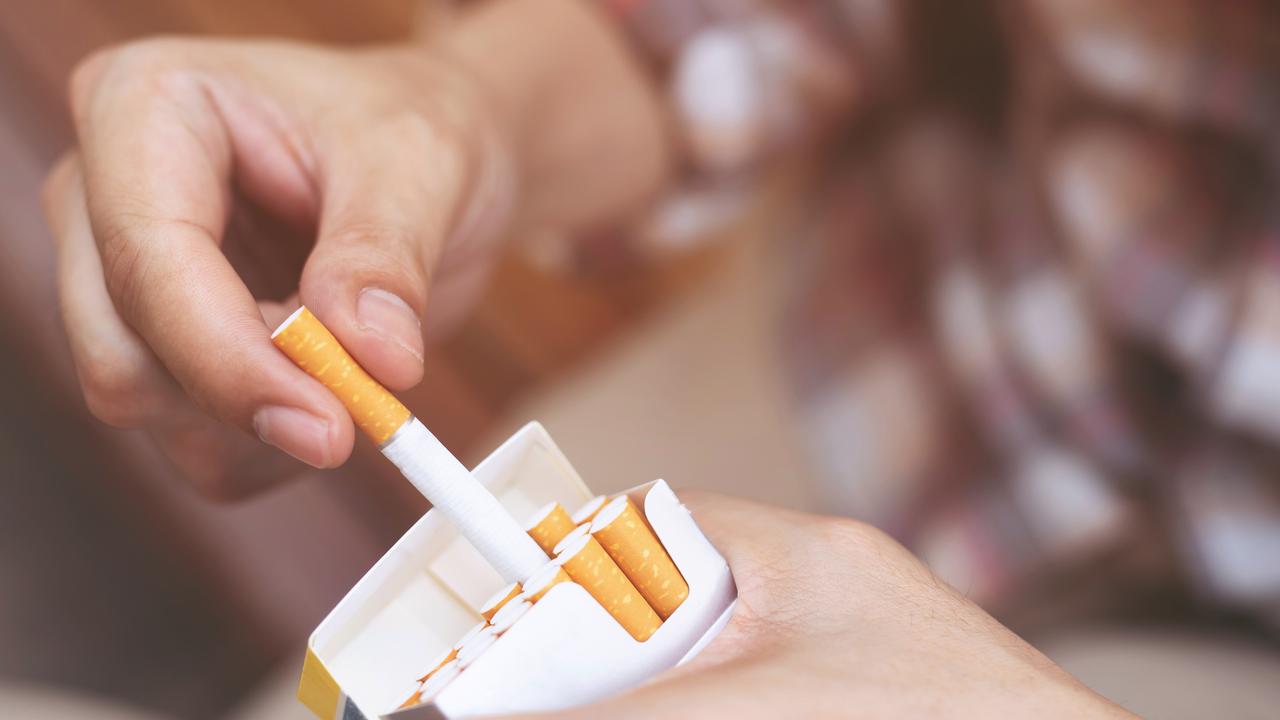
HEALTHIER WAYS TO COPE
Many teenagers claim they feel they need to smoke or vape to cope when they are feeling stressed or anxious. Experts suggest trying other, healthier ways to cope instead. Some of these include:
- Getting active: When you exercise, your brain releases similar feel-good chemicals to nicotine. Stay busy and plan your day. Create a schedule or stick to a daily routine.
- Having fun: Find ways to incorporate fun activities into your life, and make sure to do something you enjoy every day.
- Being positive: Accept that there will be bad days, but that it won’t always be like this.
- Being present: Focus on what you can control and stay in the moment. Don’t worry or stress about things that might not happen.
- Lose the caffeine*: Caffeine can make you feel tense, jittery and stressed. These side-effects can make quitting harder, so consider reducing caffeine. This includes coffee, tea, caffeinated soft drinks and energy drinks.
- Stopping and breathing: Interrupting the anxious feeling with conscious breathing can help you calm down and think clearly.
- Work out your triggers: Triggers might be places, feelings, times or other people who smoke or vape. Try to identify these and plan how you will manage them.
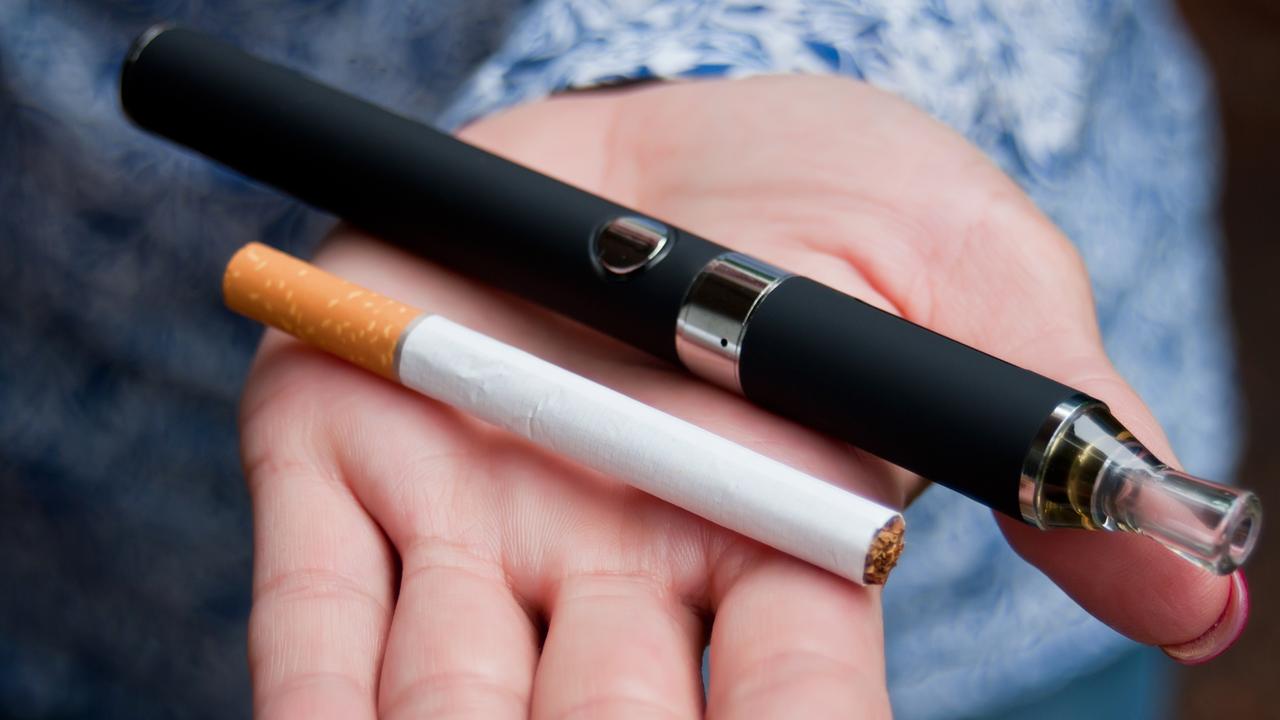
WHERE TO FIND HELP
There are a wide variety of services, resources and support options for anyone wanting help around smoking or vaping, including the national Quit organisation.
“We don’t want you to feel alone in tackling (smoking or) vaping,” said Quit Victoria director Rachael Anderson.
“Our Quitline counsellors are ready to listen and offer advice without judgment on what you can do, or if you’re concerned about a friend. Our team is here to help.”
Raising Children Network director Derek McCormack said: “You could start by talking to your GP, school counsellor or teacher, or other school staff. GPs and other health professionals can suggest strategies and refer you to specialised services.”
Mr McCormack said family members, friends and other adults might also be able to help and support you.
The NSW Health Vaping Toolkit also sets out some practical tips to help:
- Pick a quit date: Make it a low-stress time to help manage withdrawal symptoms and cravings.
- Make a quit plan: Plan how to manage withdrawal symptoms, cravings and slip-ups.
- Get rid of your vapes: Remove anything else that may trigger the urge to vape (e.g., muting socials that feature vaping).
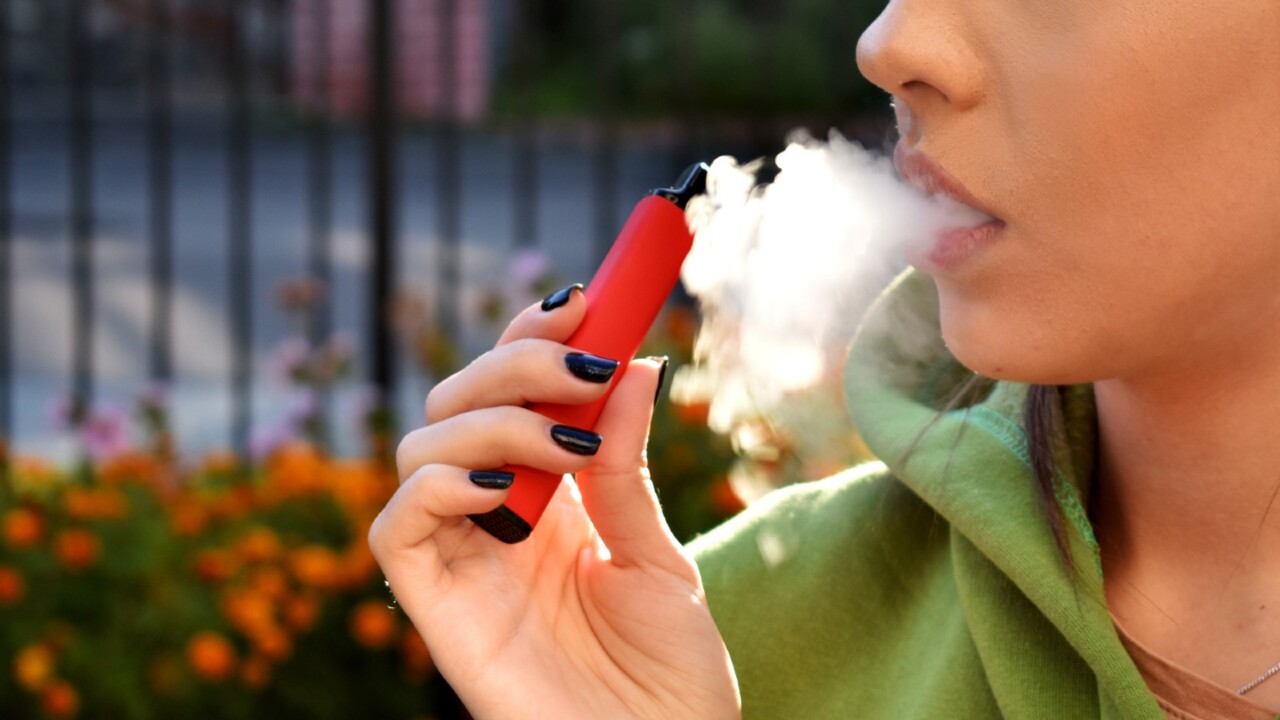
POLL
GLOSSARY
- significantly: something big or important
- likelihood: the chance that something will happen
- respiratory: refers to the organs responsible for breathing
- diabetes: a long-term condition where the body can’t use glucose (sugar) normally\
- vaporised: to turn from liquid or a solid into a mist or vapour
- addicted: a very strong urge to do something that is hard to control or stop
- toxicity: the degree to which a toxin (or poison) can harm humans or animals
- formaldehyde: a colourless, poisonous gas
- adolescents: teenagers
- prescription: an order written by a doctor for medicine to treat a patient
- caffeine: a substance that stimulates your brain and nervous system
QUICK QUIZ
1. What percentage of 14 to 17-year-old Australians were vaping in 2023?
2. Name three proven long-term health effects of cigarette smoking.
3. What were the findings of the Curtin University research which tested the chemicals and toxicity of 52 flavoured e-liquids available for sale over the counter in Australia?
4. What is the concerning link between vaping and cigarette smoking?
5. What addictive chemical do almost all vapes deliver?
LISTEN TO THIS STORY
CLASSROOM ACTIVITIES
Kids News has produced a free Health of the Nation education workbook full of classroom activities to support the information and expert advice in this series.
It has been crafted by one of our expert Kids News teachers and complements the information in these education kit articles.
Sign up to the free Kids News weekly newsletter HERE to access the education workbook plus more news and initiatives.
EXTRA READING
Part 10: Understanding the risks of alcohol and drugs
(Note: Red Level content, suitable for secondary school students)

